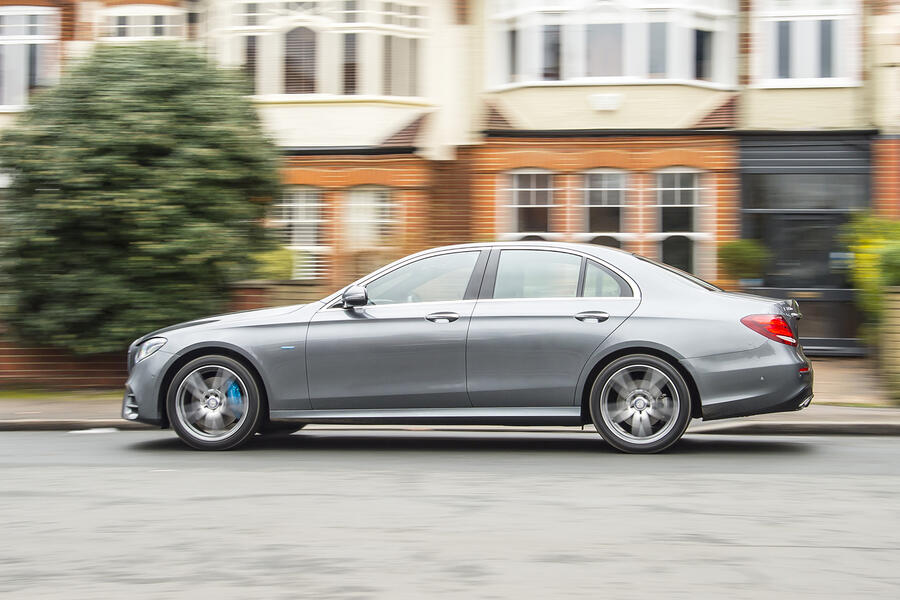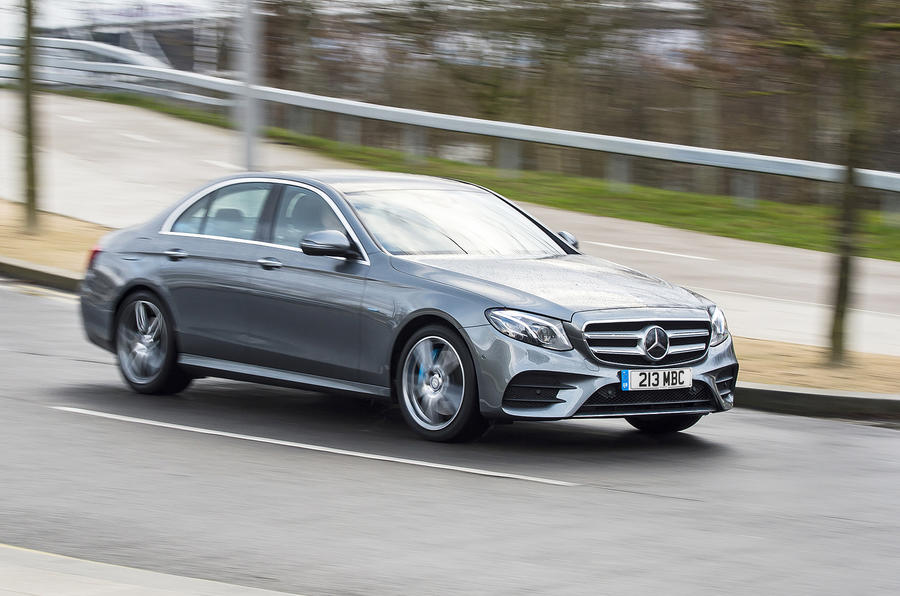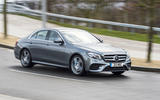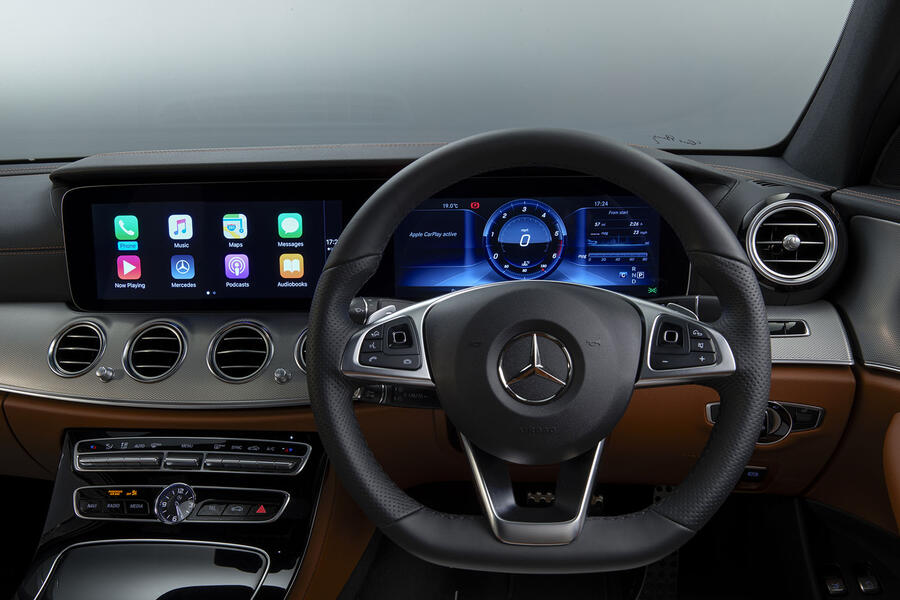What is it?
Here is a potential solution to the biggest problem with pretty much every plug-in hybrid (PHEV) on sale today.
You see, PHEVs represent for many a great stepping stone to the seemingly inevitable fully electric future of motoring. They’re also a boon to company car drivers, thanks to the significant reduction in benefit-in-kind tax rates they bring.
That’s great, of course, but many businesses that have replaced diesels with PHEVs have actually seen their fuel bills rise, due to users racking up high mileages, where the economy benefit lessens, or simply never bothering to charge them.
While education is a key factor to improving this, it also exposes the main issue with most of today’s PHEVs: once the small electric-only range is gone, you’re left with a heavy car powered by a relatively inefficient petrol engine. Drive a Mitsubishi Outlander PHEV down a motorway on an empty battery and even 30mpg is a bit of an ask at times.
Mercedes-Benz is aiming to solve that problem with the E300de: a diesel-electric plug-in hybrid Mercedes-Benz E-Class. It’s an almost unique prospect, not just in its segment but across the whole market. Volvo, Peugeot and Audi all recently sold diesel hybrids in the UK, but those didn’t exactly fly out of showrooms and have all gone off sale since.










































Join the debate
Add your comment
Need suggestion from others.
Who has been able to pick out the best product among those listed on this site?
Need suggestion
Who has been able to pick out the best product among those listed on this site?
https://fitsewing.com/best-sewing-chairs/
Outlander - Cheaper version
Cheapest PHEV is £36.7k, cheapest petrol version is £28.4k. Now I know there's other differences but just how many years will take to pay back £8.3k initial cost in FUEL alone (remember to add electricity costs).
At the end of the day a top spec Diesel version for £31.5k will beat the Hybrid hands down on fuel costs. (I personally still prefer petrol though, not that I'm in the market for any of them)
xxxx wrote:
There is no diesel Outlander any more. And I sincerely doubt it would get anywhere near the fuel cost of our PHEV the way we use it (fuel database Spritmonitor has 95 PHEVs averaging 68mpg vs 53 diesels averaging 38mpg). It would also be rattly and unrefined in comparison